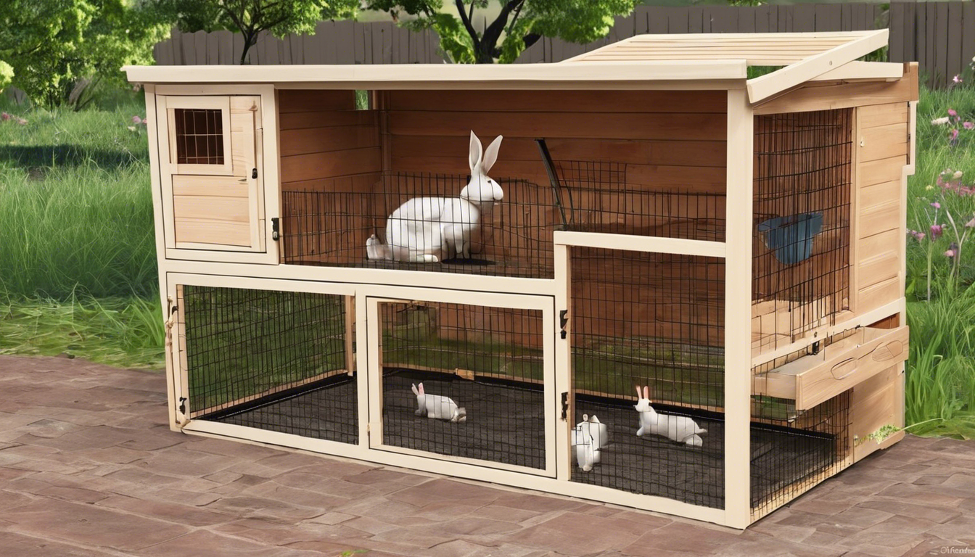
Creating the ideal habitat for your pet rabbit involves more than just selecting the right food and play toys; the design and functionality of their living space are equally critical.
Exploring various rabbit hutch ideas is the first step to ensure your furry friend has a safe, comfortable, and stimulating environment. Whether indoors or outdoors, the perfect rabbit home blends practicality with aesthetics, fulfilling your pet’s needs while fitting seamlessly into your living space.
This article will guide you through an array of indoor and outdoor rabbit hutch ideas, diving into DIY projects that cater to different skills levels and preferences. From easy rabbit hutch ideas that require minimal tools and materials to specialized rabbit hutch designs that consider your rabbit’s natural behaviors, you’re set to find inspiration that matches your vision.
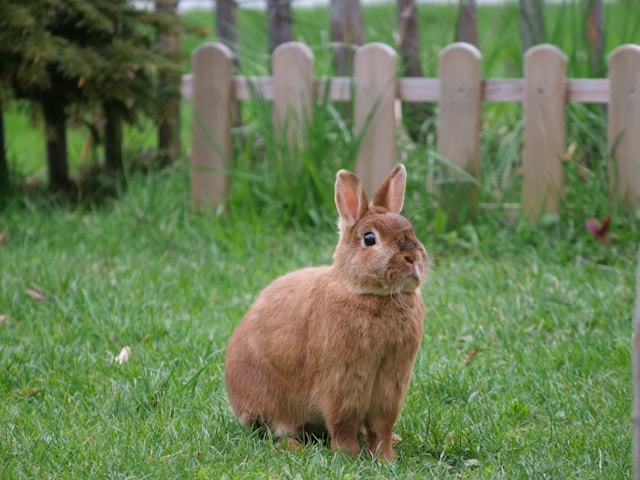
Get ready to explore rabbit cage ideas that can be customized to any space, along with tips on how to create a diy rabbit cage outdoor that provides safety and comfort to your pet year-round.
Indoor Rabbit Hutch Ideas
Wooden Structures
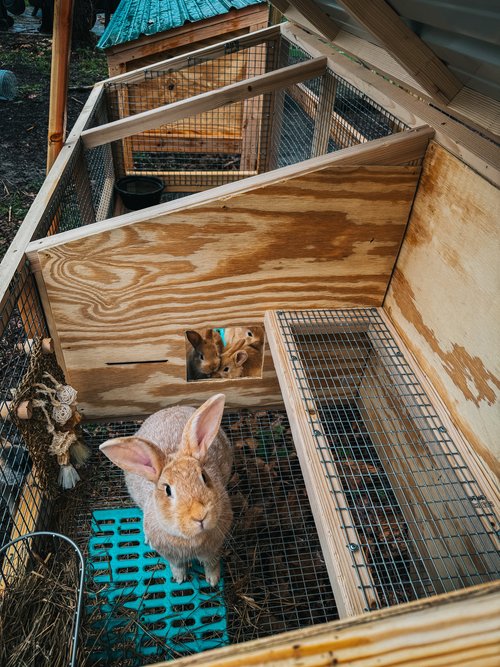
For those of you who prefer a more natural look, consider using wooden structures for your indoor rabbit hutch. You can create a bi-level rabbit condo using plywood, ensuring it’s spacious enough for your rabbit to stretch out in various directions. To enhance the structure’s durability and safety, attach feet to the plywood floor and ensure all screws are flush to avoid any harm to your rabbit.
Convertible Furniture
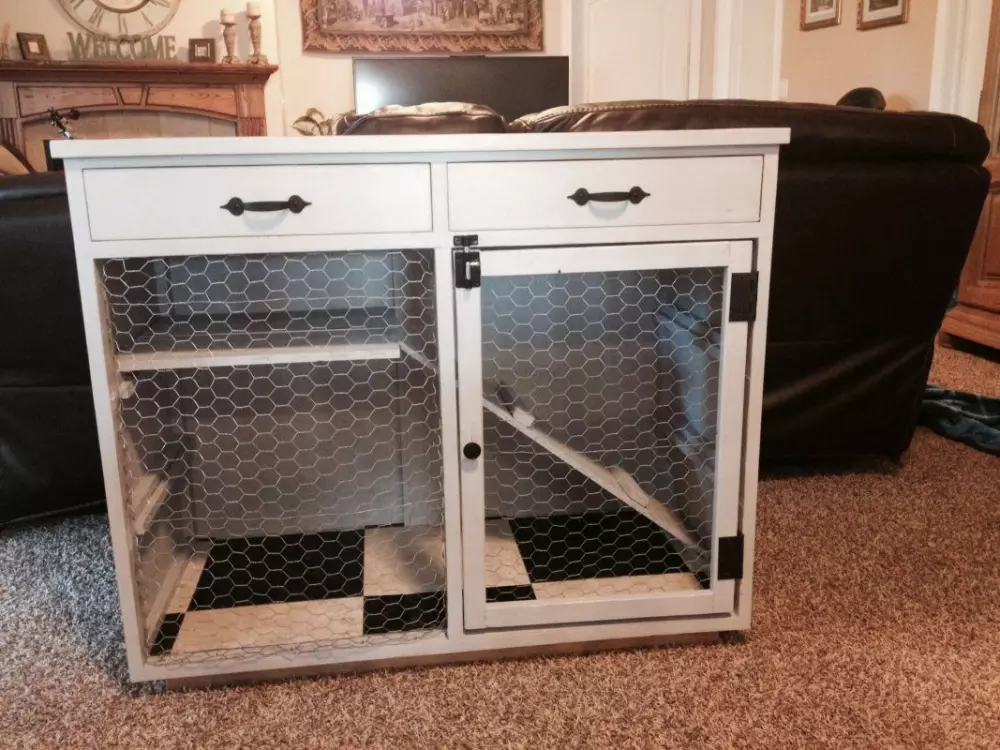
Turning existing furniture into a rabbit hutch is both creative and economical. An old dresser or cabinet can be transformed into a multi-level rabbit hutch by removing drawers or doors and adding comfortable bedding. For a more extensive project, consider converting a bookshelf into a vertical rabbit haven by removing shelves and securing the back with mesh for ventilation.
Space Utilization
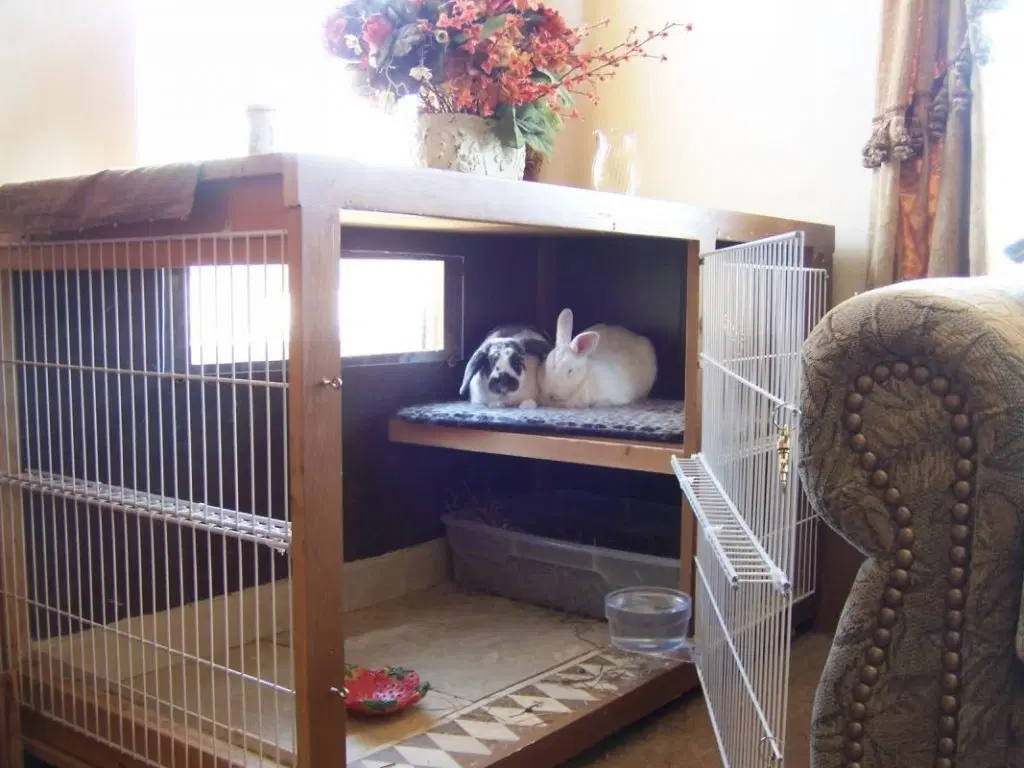
Maximizing space in your indoor rabbit hutch is crucial for your rabbit’s happiness and health. Ensure the hutch is at least 1.8m x 0.6m in size to allow for positive behaviors like running and jumping. If space allows, dedicating an entire room or bunny-proofing an existing room with baby gates can provide your rabbit with a vast area to explore and stay active.
Outdoor Rabbit Hutch Ideas
Wire Cages
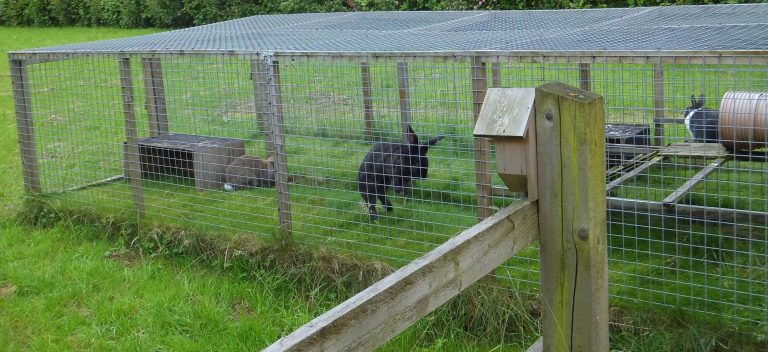
For enhanced predator protection, consider using heavy-duty cage wire for the sides and top of your outdoor rabbit hutch. The 14-gauge wire with 1-inch by 2-inch openings provides security without compromising ventilation. To ensure the comfort of your rabbits, opt for a finer mesh for the bottom to prevent injuries to their feet.
PVC Structures
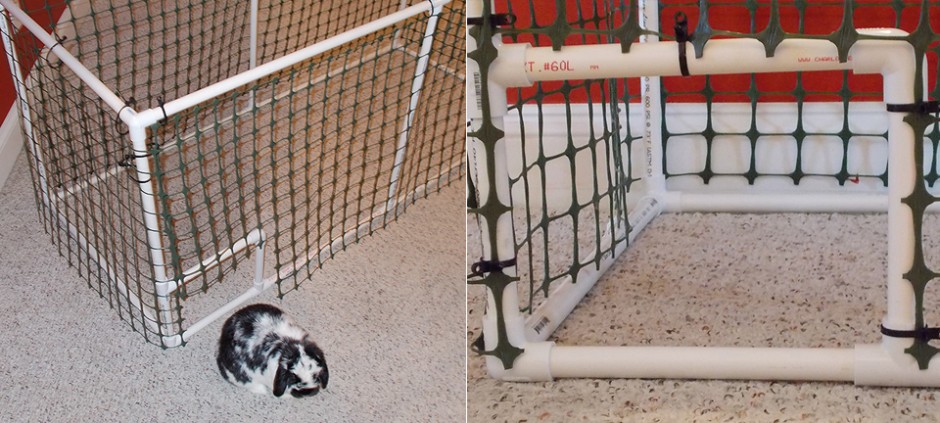
Building a rabbit cage from PVC piping and mesh is an economical and customizable option. You can design the cage to suit any size or add multiple levels, using 1-inch diameter PVC pipes for a sturdy frame. Attach the mesh with cable ties for a clean and secure finish.
A-Frame Designs
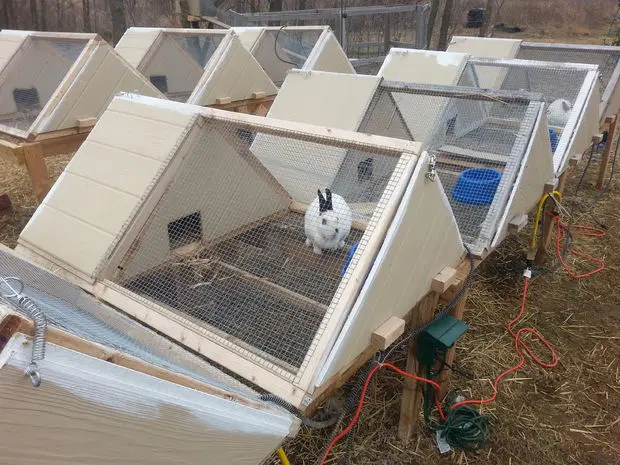
An A-frame rabbit hutch is not only sturdy but also lightweight, making it easy to relocate as needed. This design allows you to drop the hutch to dislodge debris and provides a durable shelter for your rabbits. The structure is simple to build with basic tools and materials, offering a practical solution for outdoor rabbit housing.
DIY Rabbit Hutch Ideas
Repurposed Materials
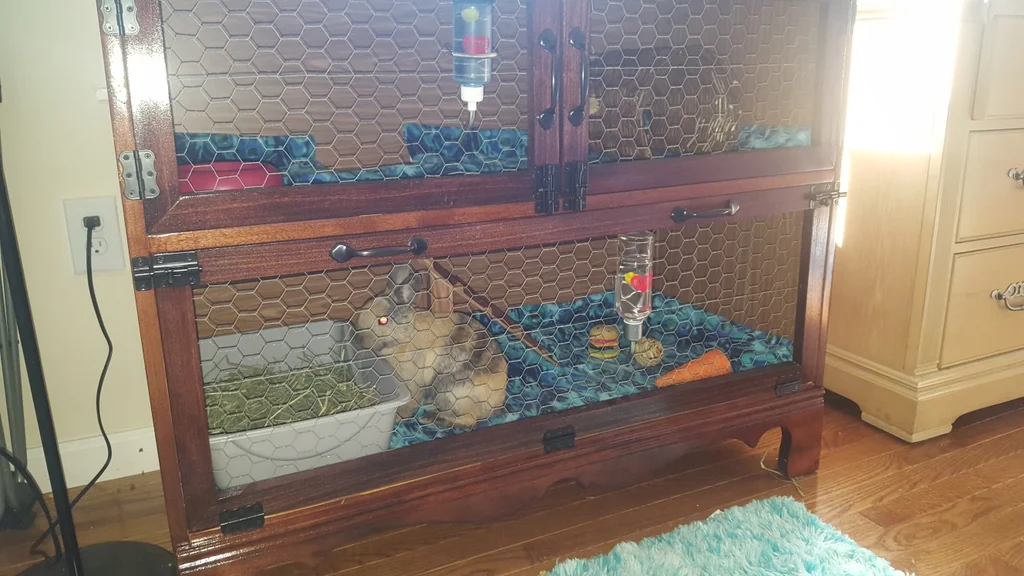
Utilizing repurposed furniture for your rabbit hutch not only saves money but also adds a unique touch to your pet’s home. You can transform an old dresser into a multi-level hutch by removing drawers and adding comfortable bedding. Alternatively, consider converting a bookshelf by removing shelves and securing the back with mesh for a spacious and ventilated rabbit haven.
Pallet Hutches
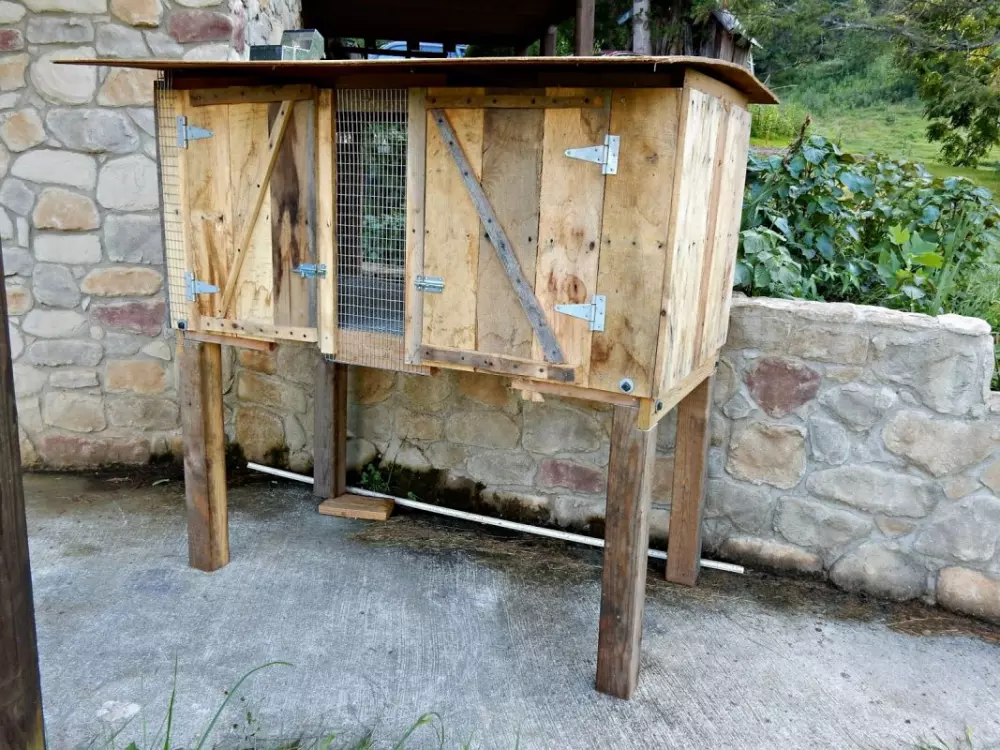
Building a rabbit hutch from pallets is a cost-effective solution. Start by disassembling the pallets while trying to keep the wood intact. Construct the frame from the thicker pallet pieces, ensuring it’s sturdy. Cover the frame with rabbit wire for safety and add a roof made from scrap plywood or additional pallet boards.
Multi-Cage Setups
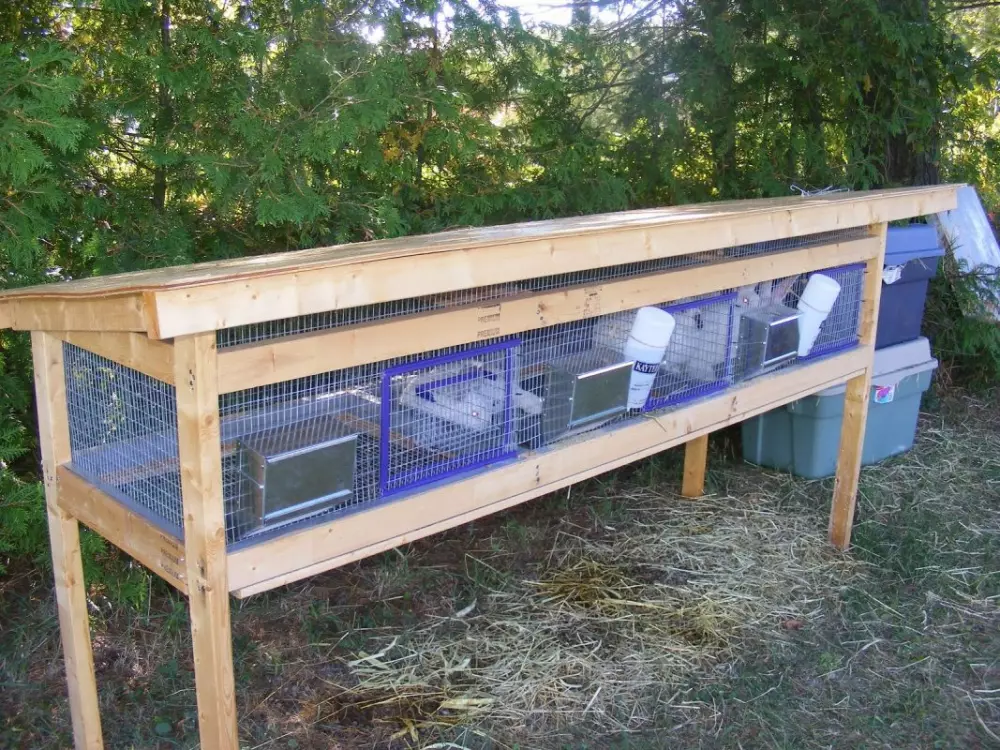
For those with multiple rabbits, creating a multi-cage setup can be ideal. Incorporate high-quality cages like KW Cages, known for their durability, into a larger hutch structure. Secure the cages with zip-ties for stability and add clear plastic sheeting to weatherize the setup. This arrangement allows each rabbit to have its own space while still being part of a community environment.
Specialized Rabbit Hutch Designs
Two-Story Hutches
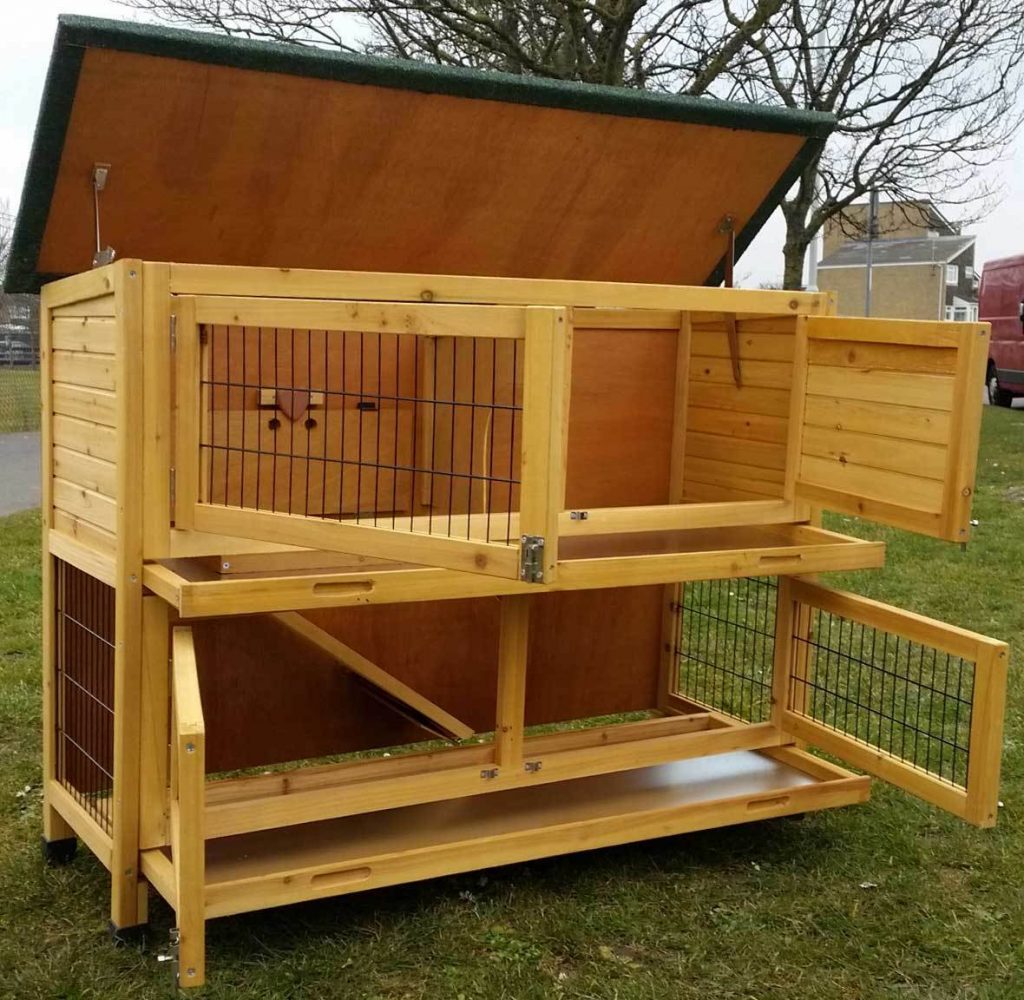
If you’re seeking to maximize space while providing a stimulating environment for your rabbits, consider a two-story hutch design. This type of hutch not only offers ample room for exercise but also includes distinct areas for sleeping and feeding. The design typically features an entry/exit ramp for easy access between levels, enhancing your rabbit’s ability to explore and stay active.
Portable Hutch Designs
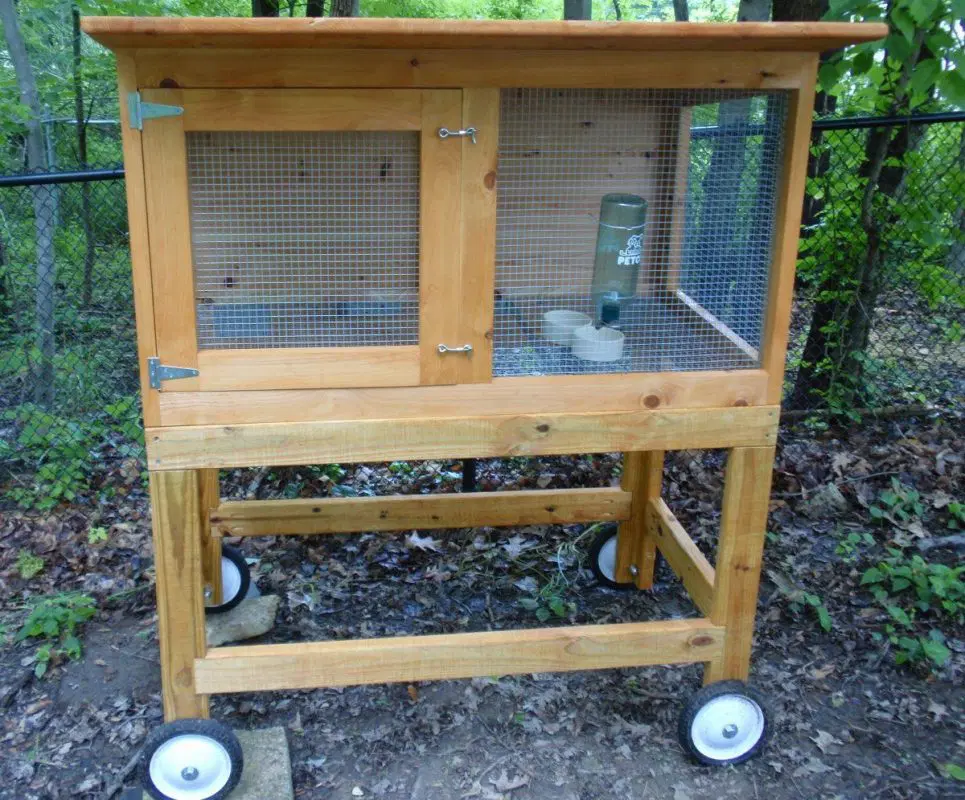
Portable hutch designs are ideal for rabbit owners who frequently move or wish to easily change their pet’s environment. These hutches often incorporate wheels, allowing you to move the structure effortlessly across various locations. The wheelbarrow-like design ensures mobility without compromising the safety or comfort of your rabbits, making it a practical choice for dynamic outdoor setups.
Innovative Features
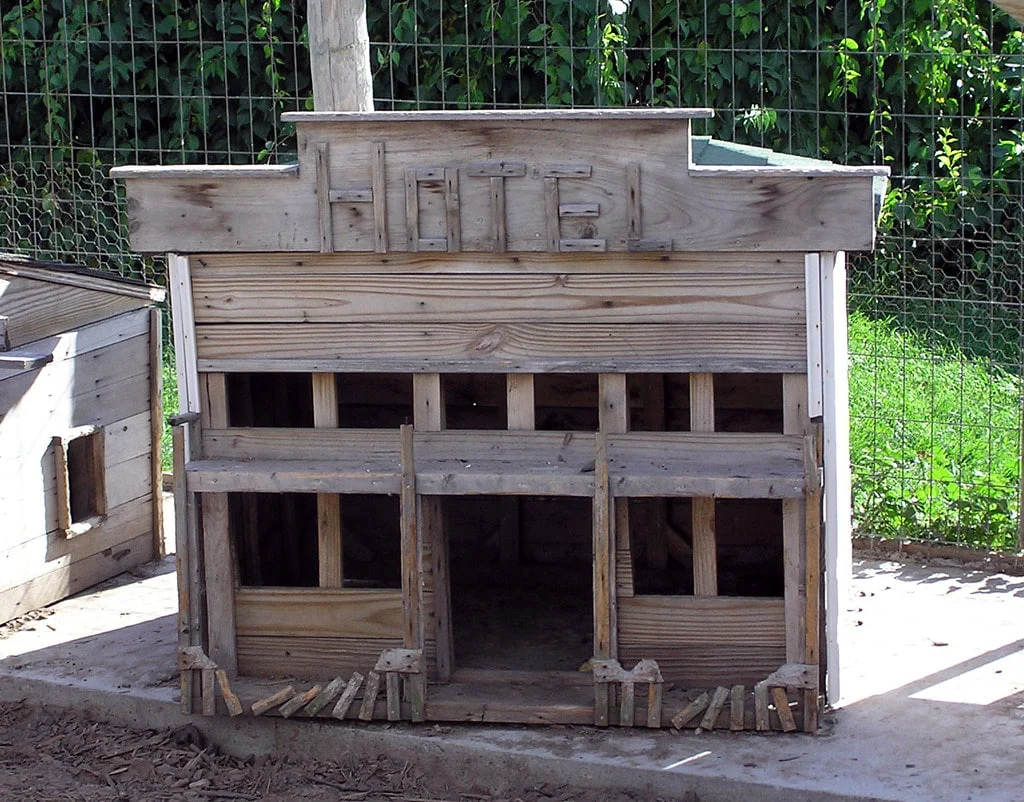
Innovative hutch designs can significantly improve the living conditions of your rabbits. Features such as a built-in “hide” mimic the natural burrows, providing a secure space for your rabbits to retreat and relax. Additionally, integrating ramps and multiple levels within the hutch encourages natural behaviors like jumping and climbing, which are essential for your rabbit’s physical and mental well-being.
Conclusion
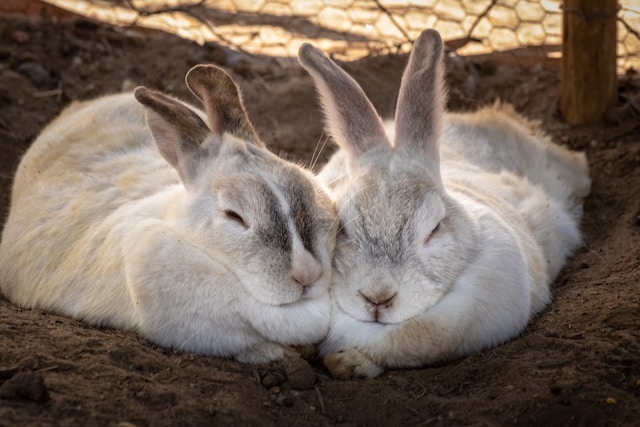
Throughout this exploration of DIY rabbit hutch ideas, we’ve navigated a variety of design approaches tailored to meet both the essential and indulgent needs of our furry companions.
From the simplicity of repurposed furniture to the complexity of specialized rabbit hutch designs, each idea serves a dual purpose: ensuring the well-being of rabbits while seamlessly integrating their homes into our living spaces.
This synergy of functionality and aesthetics underscores the essence of creating a space that is both a refuge for pets and a testament to thoughtful craftsmanship.
Recognizing the pivotal role these designs play in fostering a safe, comfortable, and stimulating environment for rabbits, we are urged to consider the broader implications of our choices.
These hutch ideas not only reflect our commitment to the health and happiness of our pets but also embody a creative expression of our relationship with the animal world. As we continue to explore and implement these designs, we further our understanding of animal care, enriching our lives and those of our pet rabbits in the process.
- Related Video:
FAQs
1. How can I construct a basic rabbit house? To build a basic rabbit house, start by forming a rectangle with wooden planks and secure it by nailing the pieces together. Use the top of the hutch as a guide during assembly to ensure proper fit. After assembling the frame, attach wire mesh to the lid and secure it with hinges. This completes the basic structure of the rabbit house.
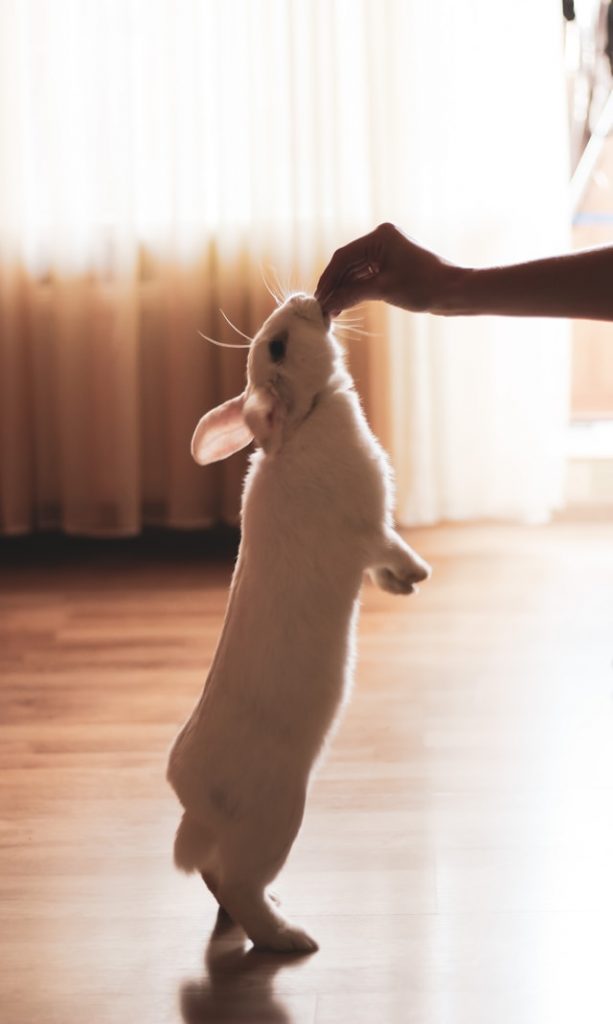
2. What constitutes an ideal home for a rabbit? The ideal home for a rabbit includes a shelter such as a hutch, shed, Wendy house, or a designated indoor room. This space should allow the rabbit to relax, sleep, eat, and drink comfortably. It is crucial that the shelter is spacious enough for the rabbits to sprint, fully stretch out, and stand upright without their ears touching the ceiling.
3. What are the steps to create a rabbit habitat? To create a habitat for rabbits, one effective method is to build brush piles. Use any available brush growth and stack it over large rocks, old culvert pipes, or discarded farm equipment to keep it elevated from the ground. This setup enhances the rabbits’ mobility and freedom. Aim for the brush pile to be about 12 to 15 feet in diameter and 4 to 5 feet high.
4. How do I construct a roof for a rabbit hutch? To construct a roof for a rabbit hutch, use a piece of 12 or 18 mm thick shuttering plywood or waterproof plywood. Attach the roof panel to the hutch frame using two hinges. Ensure that the panel overlaps the frame by at least 5 cm on all sides, with an extension of 10 cm at the front to prevent water from entering. This overlap helps keep the interior of the hutch dry.
[…] Read also : DIY Rabbit Hutch Ideas […]